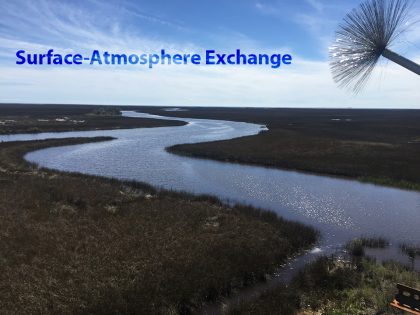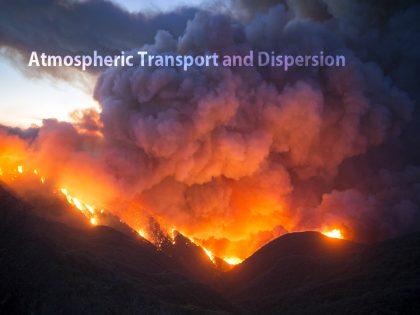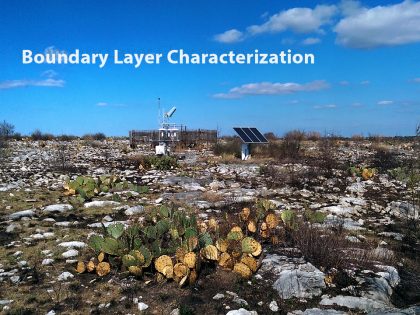Welcome to the NOAA Air Resources Laboratory (ARL) 2022 Science Review
Laboratory science reviews are conducted periodically to evaluate the quality, performance and importance of research conducted in OAR laboratories relative to both internal and external interests, and to help strategically position the laboratory in its planning of future science. These reviews are intended to ensure that laboratory research is linked to the NOAA’s Strategic Plan, relevant to NOAA’s research mission and priorities, and consistent with NOAA planning, programming, and budgeting.
This review covered the Air Resources Laboratory research period 2016 – 2021. In some documents, the timeframe may span longer. Please use the navigation links on the right of the page to access materials for the review.
2022 Review Documents
ARL research themes covered in this review are shown below and on the Research tab.
| Theme One: Surface-Atmosphere Exchange | Theme Two: Atmospheric Transport and Dispersion | Theme Three: Boundary Layer Characterization |
 |
 |
 |
| Understanding the processes and environmental variables that control surface-atmosphere exchanges, and translating this understanding into more accurate model parameterizations, is a vital research activity that leads to improved weather, climate and air quality predictions. | ARL’s research on the main processes that drive the transport and dispersion of substances in the atmosphere is crucial to improve the quality of our modeling tools. In addition, investigations of the transport and dispersion of chemicals in the atmospheric boundary layer can lead to new insights and improvements in weather modeling. | ARL measures a number of different variables (wind speed, temperature, etc.,) to characterize the atmospheric boundary layer. This data on the surface and near surface weather and climate conditions is used to improve the accuracy of atmospheric models and other forecast and prediction tools. |

